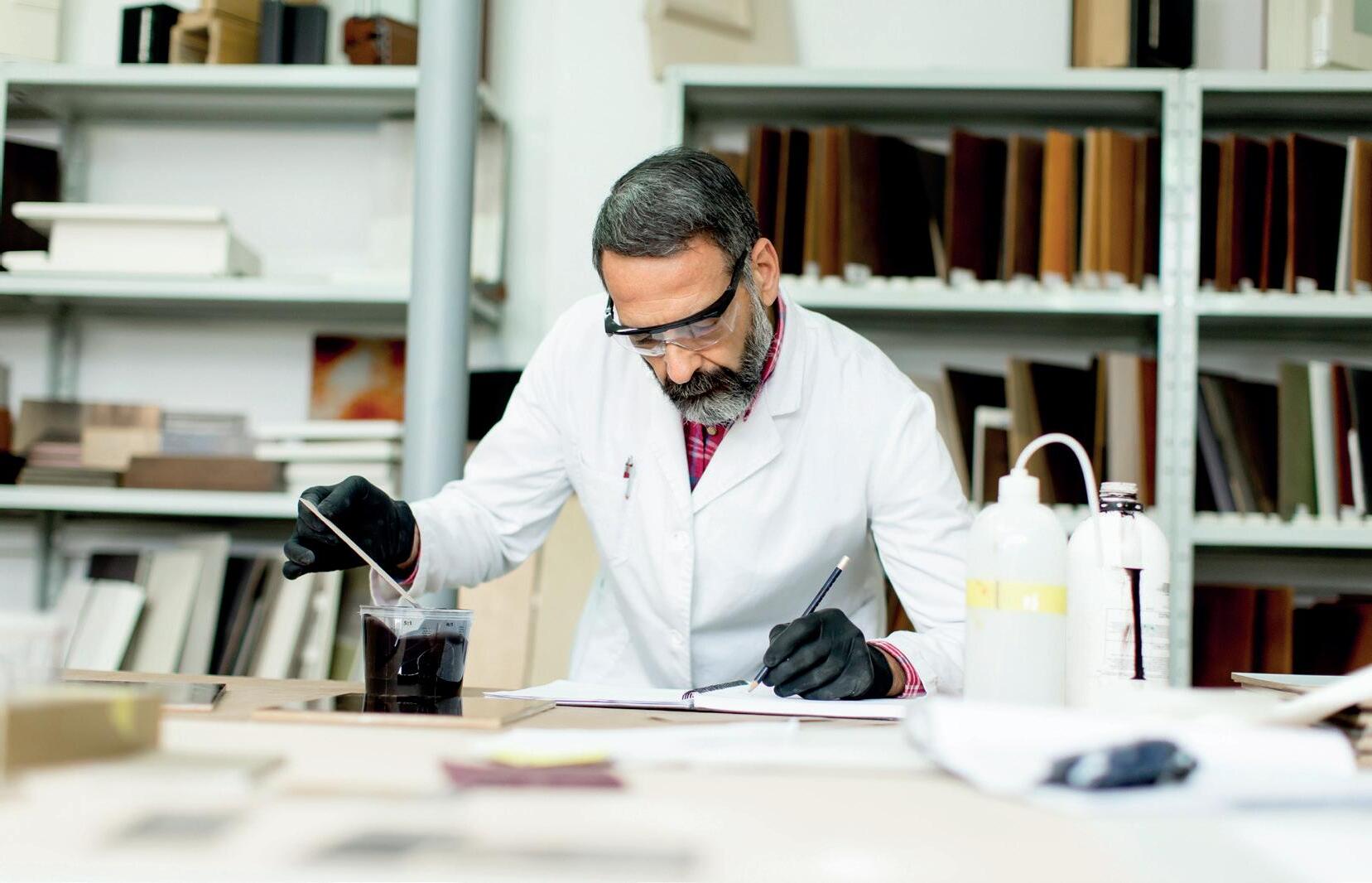
3 minute read
Clinical Research Insider Summit No. 11
Research and Development of Molecules from the Perspective of Universities
Research of new molecules with therapeutic activity is an activity that requires highly trained personnel in various fields of chemical-biological sciences, health sciences, and administration. In addition, a significant investment of time and economic resources is required.
Advertisement
Depending on the type of molecule (macrobiomolecule such as a monoclonal antibody or a chemically synthesized small molecule) and therapeutic application (oncological, anti-infectious, cardiovascular), the figures can range from 850 to 2 billion dollars, with development times ranging from 7 to 16 years. These figures force us to analyze why we have reached these levels of investment of time and money and what opportunities exist to optimize this process.

Once again, depending on the therapeutic application and the type of molecule, the percentages of investment allocated to the preclinical and clinical sides vary. Although, in the last twenty years, costs have increased in the clinical phase due to greater demands and regulatory oversight to guarantee the safety and efficacy of the treatments being evaluated, the fact is that there has also been an increase in time and costs in the preclinical phase.
This is where Universities can support and catalyze the development of new molecules. It is estimated that 60% of new therapeutic ideas, either the proposal of new mechanisms of action or the generation of new chemical structures, do not come directly from large pharmaceutical companies, but from what we call “The Academy” (that is to say, universities), and spin-offs that arise from the postgraduate programs of higher education institutions.
Since academic institutions do not aim to launch new pharmaceutical products, many of these inventions end up being licensed to large pharmaceutical companies, which are responsible for 76% of the drugs that reach higher clinical stages. In this scenario, the pharmaceutical industry and academic institutions can be allies to achieve the objectives pursued by each sector. In Mexico, although there are clear examples of industry-academia linkages, these are more of an exception than the norm. But it is not because our country lacks strength and inventiveness: since 2013, according to the Scopus database, more than 271 thousand papers and 1,825 patents have been published by Mexican institutions, of which 43 thousand papers and just over 300 patents have as keywords or in their title the term drug.
On the other hand, the academic sector can be an excellent ally as a consultant for the resolution of industry problems, providing expert insight that allows innovative and effective responses to the difficulties that may arise in both the preclinical and clinical areas.
Marco Antonio Loza Mejia, PhD

Professor and researcher, Department of Chemical Sciences, Universidad La Salle, Mexico.










